Draped in Style: Why Skirted Tables Deserve a Second Look
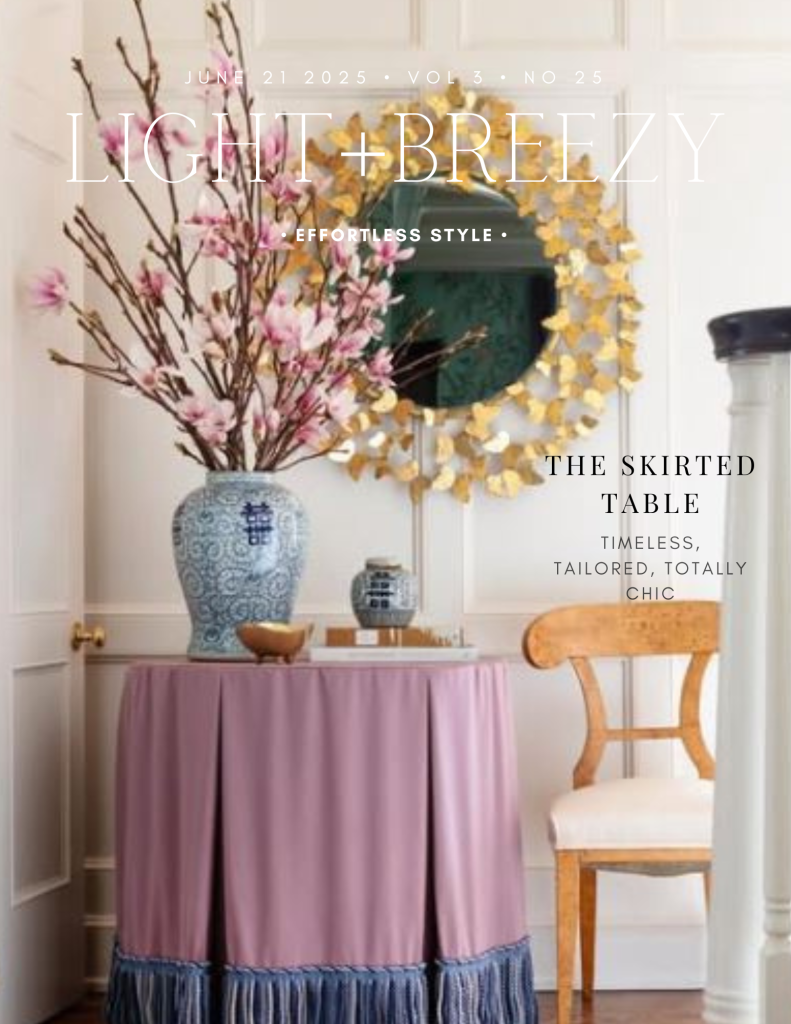
Draped in Style: Why Skirted Tables Deserve a Second Look

There’s something undeniably charming about a table wrapped in fabric, like furniture dressed for a special occasion. Skirted tables have been gracing homes for centuries, transforming ordinary surfaces into elegant focal points while cleverly concealing the chaos of everyday life beneath their graceful drapes. From grand Georgian dining rooms to contemporary powder rooms, these fabric-wrapped wonders continue to captivate designers and homeowners alike with their perfect marriage of beauty and practicality.

The story of skirted tables begins in the grand estates of 17th and 18th-century Europe, where wealthy households sought ways to soften the harsh lines of heavy wooden furniture while adding warmth to cavernous rooms. French aristocrats were particularly fond of draping their tables in sumptuous silks and brocades, creating what they called “tables habillées” – literally, dressed tables. These early skirted pieces served multiple purposes: they protected valuable wood surfaces from scratches and stains, provided discrete storage for chamber pots and other necessities, and added an extra layer of insulation in drafty castle corridors.
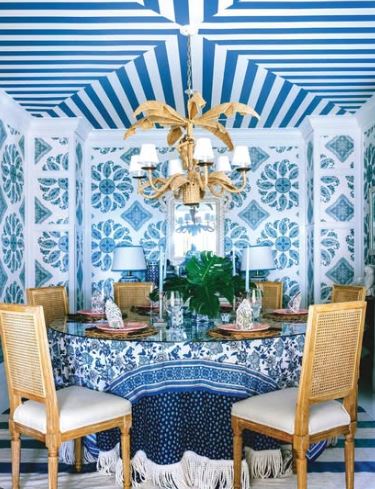
The English embraced the concept with their characteristic practicality, often using sturdy cottons and linens that could withstand frequent washing. By the Victorian era, skirted tables had become essential elements in proper households, with elaborate versions featuring multiple layers of fabric, intricate pleating, and decorative trim that could rival a ball gown’s construction. The Victorians’ love of layered textiles and horror of bare wood made skirted tables a natural fit for their maximalist aesthetic.
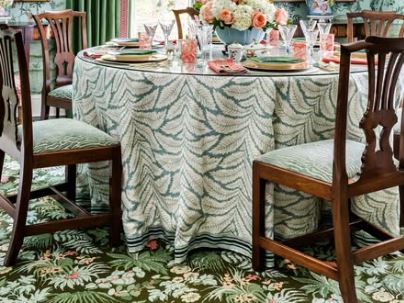
What makes skirted tables so enduringly appealing is their remarkable versatility. In the dining room, a skirted table can transform a simple round surface into an intimate gathering spot, with the fabric creating a sense of enclosure that encourages conversation. The skirt also provides the perfect hiding place for extra linens, serving pieces, or even a small wine refrigerator – making entertaining infinitely more graceful when you’re not scrambling to find storage for accumulated dishes between courses.
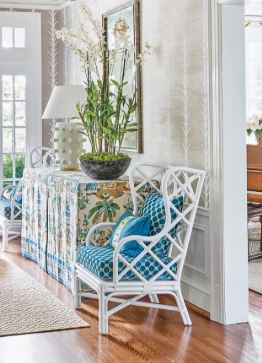
Entryway skirted tables serve as elegant catch-alls, their concealed storage perfect for corralling mail, keys, dog leashes, and all the other detritus of daily life that tends to accumulate near the front door. The fabric adds softness to what might otherwise be a stark transition space, while the hidden storage keeps the area looking polished even when life gets messy.
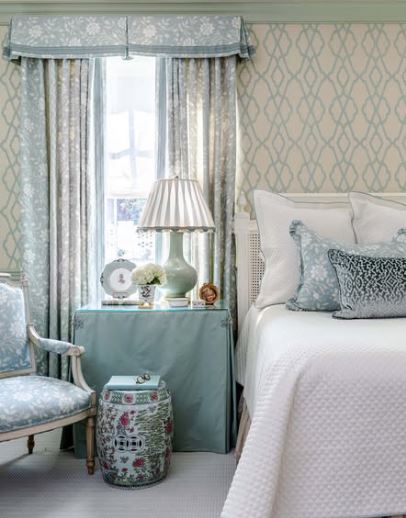
In bedrooms, skirted bedside tables offer a romantic alternative to traditional nightstands, their flowing fabric adding movement and texture while hiding everything from reading glasses to midnight snacks. Console tables benefit enormously from skirting – the fabric can disguise awkward proportions or unsightly legs while creating valuable storage in narrow hallways or behind sofas.

The secret to successful skirted table styling lies in understanding proportion and selecting the right fabric for both the room’s style and the table’s function. For formal spaces, consider luxurious materials like silk dupioni, velvet, or heavy cotton with interesting weaves. These fabrics photograph beautifully and create rich shadows that add depth to a room. More casual spaces call for linen, cotton duck, or even outdoor fabrics that can handle spills and frequent handling without losing their appeal.
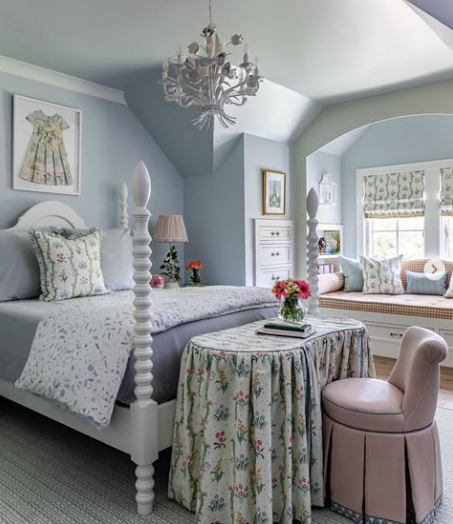
The length of the skirt dramatically affects the table’s personality. A floor-length skirt creates maximum drama and storage, perfect for concealing bulky items or creating a substantial presence in a large room. However, it can also make a space feel heavy if overdone. A skirt that hovers a few inches from the floor feels more contemporary and practical, allowing for easier cleaning while still providing ample concealment. For a fresh, tailored look, consider a skirt that hits at mid-leg level of the table base – this proportion works particularly well with painted or decorative table legs that deserve to be seen.
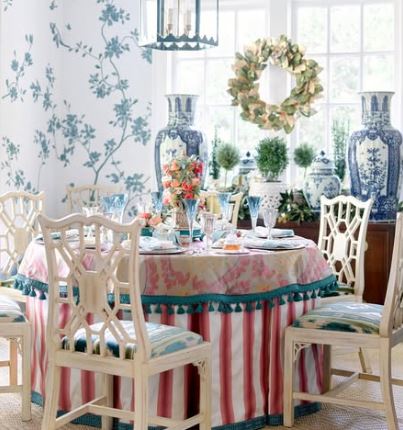
The construction details make all the difference between amateur and professional results. Proper skirted tables should have full linings to prevent the base fabric from sagging or showing through, especially important with lighter colors. The top should be perfectly fitted – too tight and the fabric will pull and wrinkle, too loose and it will look sloppy. Quality skirted tables often feature removable covers that can be cleaned or changed seasonally, a practical consideration that extends the piece’s versatility.
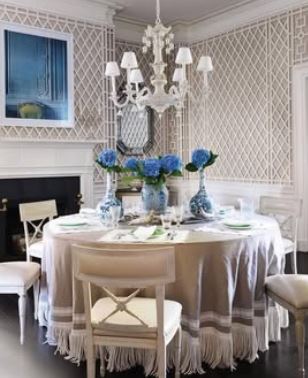
Color selection offers endless possibilities for creativity. Neutral tones like cream, taupe, or soft gray provide timeless elegance and work with changing décor, while bold patterns or colors can serve as room anchors. Florals bring garden freshness indoors, stripes add architectural interest, and solid jewel tones create sophisticated drama. The key is ensuring the table’s personality complements rather than competes with the room’s other elements.
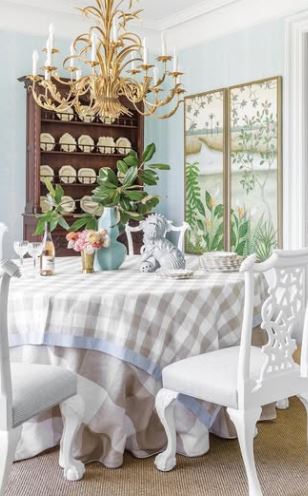
Modern skirted tables have evolved beyond their formal origins, appearing in contemporary homes as design solutions that blur the line between furniture and decoration. Interior designers increasingly use them to add texture and warmth to minimalist spaces, proving that this centuries-old concept remains remarkably relevant. Whether concealing modern technology in a media console or softening the lines of a sleek entryway, skirted tables continue to offer that rare combination of beauty, function, and timeless appeal that makes them worthy of any well-dressed home.
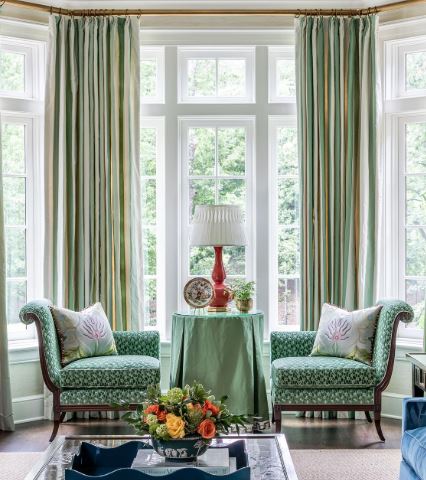
In our increasingly casual world, skirted tables remind us that a little ceremony in our daily surroundings can elevate the ordinary into something special – and hide a multitude of sins in the process.
